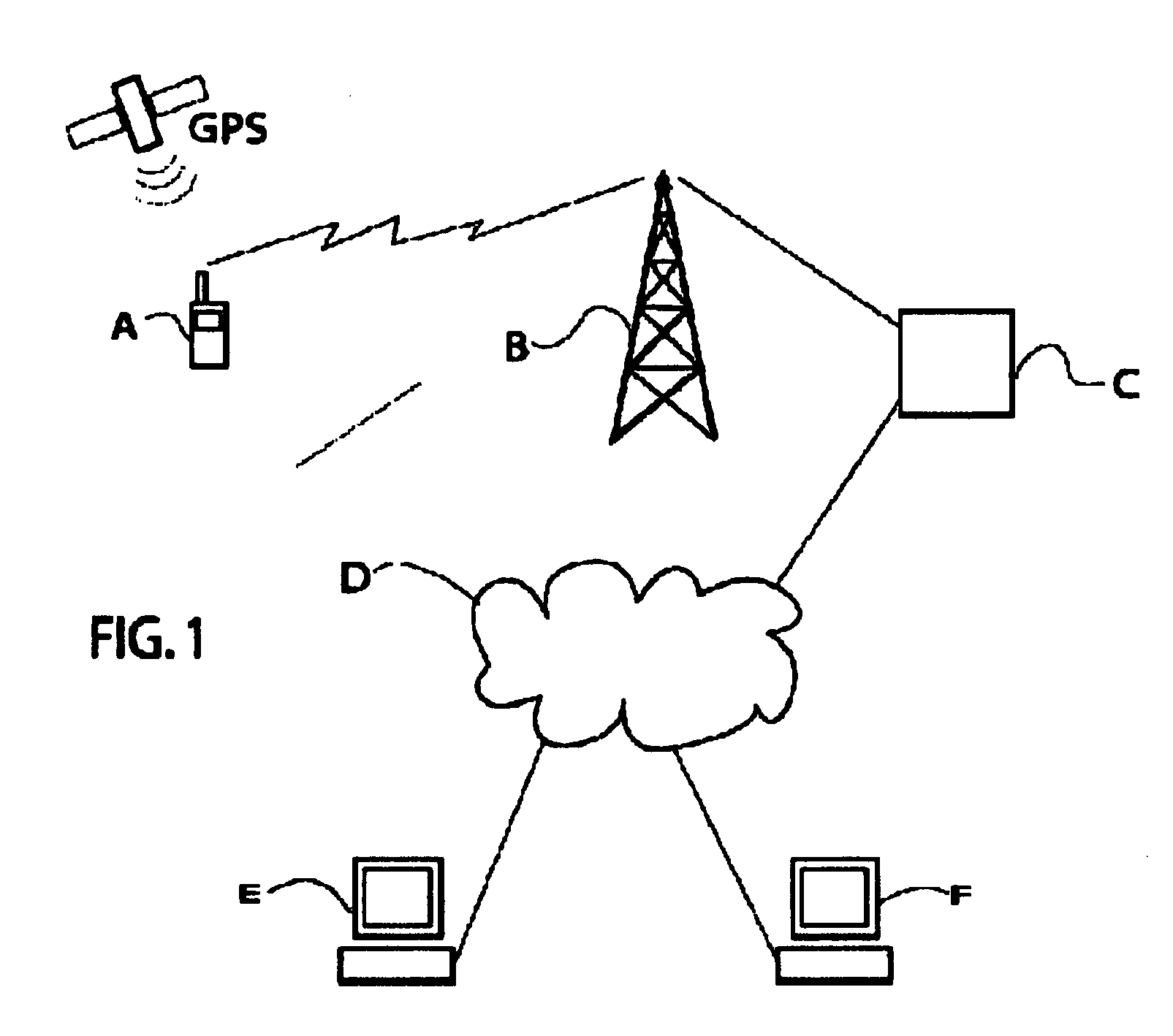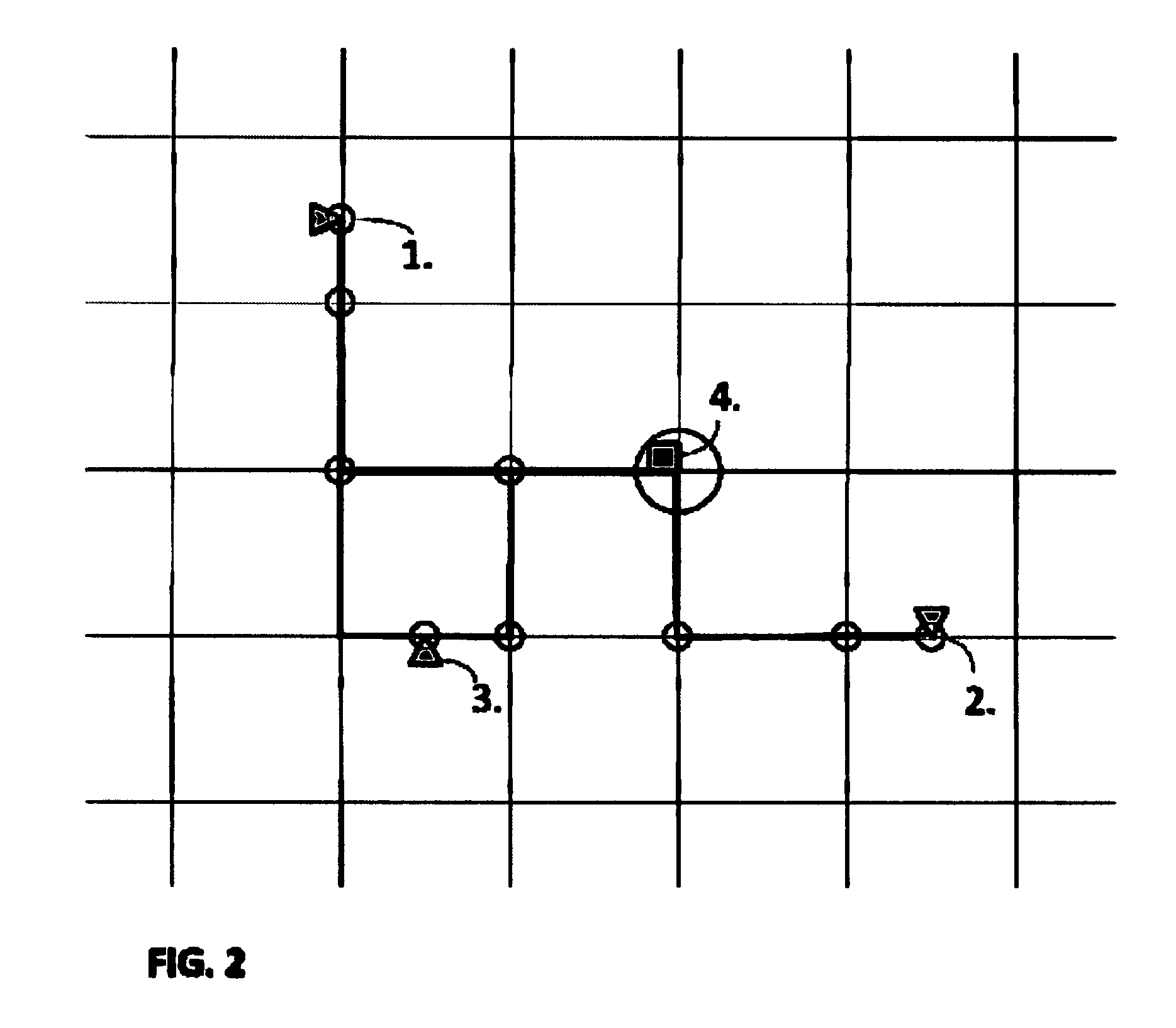Delivery Management System for Quick Service Restaurants
a management system and restaurant technology, applied in forecasting, instruments, data processing applications, etc., can solve the problems of increasing the labor rate of minimum wage, transportation fuel costs, and slim profit margins, so as to maximize the number of multiple-delivery runs, reduce driver resources, and maximize the effect of multiple-delivery runs
- Summary
- Abstract
- Description
- Claims
- Application Information
AI Technical Summary
Benefits of technology
Problems solved by technology
Method used
Image
Examples
Embodiment Construction
[0033]The following description is presented for the purposes of illustration and description. It is not intended to be exhaustive or to limit the invention to exemplary embodiments disclosed. Many modifications and variations are possible in the light of following teachings. It is intended that the scope of the invention be limited not by this detailed description of exemplary embodiments, but rather by the novelty conception. The general purpose of the present invention, which will be described subsequently in greater detail, is to provide a comprehensive solution to the problem of removing cost from the delivery process while improving customer retention and increasing driver safety. To attain these objectives, the present invention generally comprises (1) the identification of specific orders to be delivered by each driver on each delivery run based on route and delivery adjacency, order volume, and driver availability; (2) the order-item preparation “make-line” sequencing based...
PUM
 Login to View More
Login to View More Abstract
Description
Claims
Application Information
 Login to View More
Login to View More - R&D
- Intellectual Property
- Life Sciences
- Materials
- Tech Scout
- Unparalleled Data Quality
- Higher Quality Content
- 60% Fewer Hallucinations
Browse by: Latest US Patents, China's latest patents, Technical Efficacy Thesaurus, Application Domain, Technology Topic, Popular Technical Reports.
© 2025 PatSnap. All rights reserved.Legal|Privacy policy|Modern Slavery Act Transparency Statement|Sitemap|About US| Contact US: help@patsnap.com



